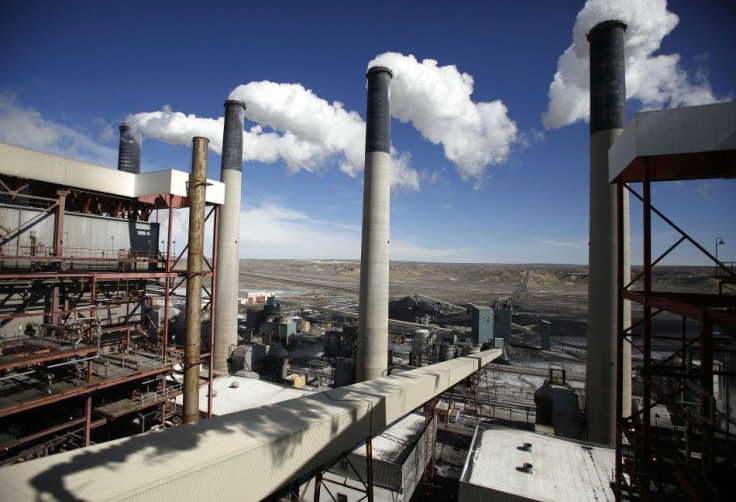Climate Change Increasingly Making U.S. Military Installations Vulnerable – GAO Report

Increasing storm frequency, ocean temperatures and rising sea levels triggered by climate change are making U.S. military installations vulnerable and if actions aren't done to mitigate it, the country's military's readiness for combat could cave in.
Officials from the U.S. Government Accountability Office (GAO) visited Department of Defense sites and noted that effects of climate change are risking the Department of Defense's 7,591 military facilities worldwide.
"For example, according to DOD officials, the combination of thawing permafrost, decreasing sea ice, and rising sea levels on the Alaskan coast has increased coastal erosion at several Air Force radar early warning and communication installations," the GAO report said. "Impacts on DOD's infrastructure from this erosion have included damaged roads, seawalls and runways. In addition, officials on a Navy installation told GAO that sea level rise and resulting storm surge are the two largest threats to their waterfront infrastructure. For instance, they are concerned about possible storm surge during work on a submarine that will be cut in half while sitting in a dry dock. Officials explained that if salt water floods the submarine's systems, it could result in severe damage."
Another example the GAO report highlighted was the flooding (here) at Fort Irwin in California that damaged 160 "facilities."
Early on, the Department of Defense identified five climate change phenomena that could affect its operations, including rising temperatures, changes in precipitation patterns, increasing storm frequency and intensity (coastal and inland), rising sea levels and associated storm surge, as well as changes in ocean temperature, circulation, salinity, and acidity.
Nine out of the U.S. 15 military areas have experienced difficult training conditions due to wildfires and precipitation changes, the report stressed.
"According to DOD, its U.S. infrastructure is vulnerable to the potential impacts of climate change. These could affect DOD's readiness and fiscal exposure," the report said.





















